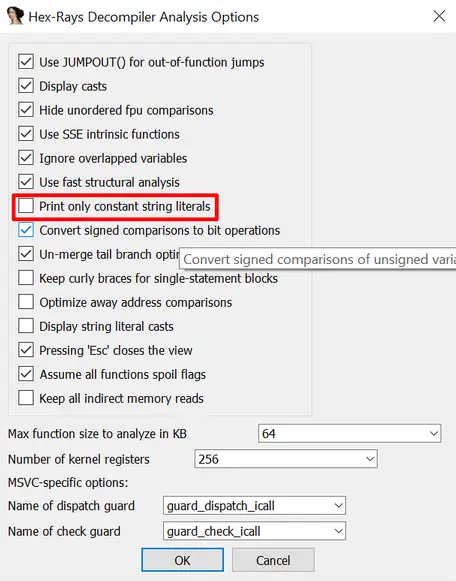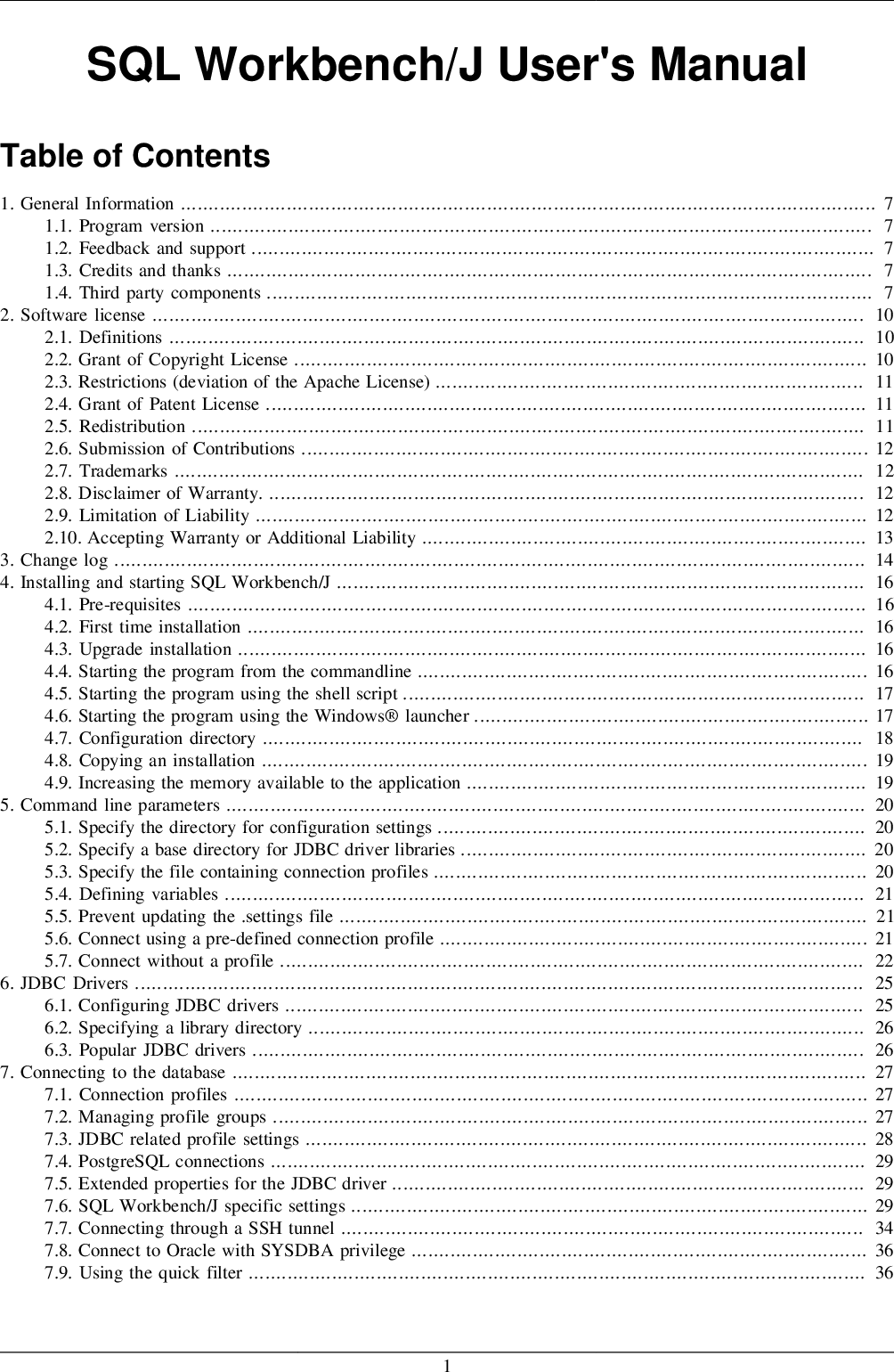

In a function, a local variable has meaning only within that function block. local is a keyword which is used to declare the local variables.

Local variables are visible only within the block of code. printenv command is used to display all the environment variables. Global variables are also called as environment variables, which will be available to all shells. T.sh: line 11: rovar: readonly variable Global Bash Variables T.sh: line 6: 12.3: syntax error: invalid arithmetic operator (error token is ".3") Rovar=212 # Trying to change the readonly variable.įrom the below execution, you can notice the error message when you assign invalid data to a variable. Intvar=12.3 #Trying to store string type value to an integer variable Declaration of Bash variable using declare $ cat declar.sh

-x declares and export to subsequent commands via the environment.Įxample 5.Option in a declare statement is used to determine the type of a variable. It restricts the properties of variables. Using declare statement in bash, we can limit the value assigned to the variables. Because the variables will not be passed back to your interactive shell, unless you execute the script in the current shell. Now, you can notice that after execution of the shell script var2.sh, the value of VAR2 is LINUX. Exporting a Bash Variable $ export VAR2=LINUX You need to export the variable for it to be inherited by another program – including a shell script, as shown below. So the variable VAR2 will not have the value in the spawned shell. During the execution of var2.sh, it spawns the shell and it executes the script. The shell stores variable VAR2 with the LINUX only in the current shell. Still you will get blank value for variable VAR2. Now, execute the above script as shown below. Bash Variables without exportĪssign a variable with a value in an interactive shell, and try to access the same in your shell script. export shows the effect on the scope of variables. export command is used to export a variables from an interactive shell. Blank values in bash variables $ cat var1.shĪs shown above, initially the variable will have a blank value, after assigning, you can get your values. Instead, it will display a blank value.Įxample 2. But, when you access the variable which is not used so far, you will not get any warning or error message. In Bash, variables do not have to be declared. sample.shĭrwxrwsr-x 2 bin bin 4096 Jan 29 06:43 softwaresĭrwxr-sr-x 5 root bin 4096 llist Bash Variable Scope – Local and Global $ cat sample.shĮxecute the above script, which will list the /var/opt/bin in long format as shown below. To access the variables, just prefix the variable name with $, which will give you the value stored in that variable. The following script creates a variable called LIST and assigns the value “/var/opt/bin”. Example.1 Simple Bash Variable Assignment Usage Variables could store strings, integers, or real numbers. Shell does not care about the type of variables. When you use VAR = VALUE, shell assumes that VAR must be the name of a command and tries to execute it. When you use VAR=VALUE, shell sees the “=” as a symbol and treats the command as a variable assignment. Note: There should not be any space around “=” sign in variable assignment. Like any other programming languages, Bash also provides variables.īash variables provide temporary storage for information that will be needed during the lifespan of the program. Open Functionįollowing is the syntax to open file.txt in read-only mode.This article is part of our on-going bash tutorial series.

Here FILEHANDLE is the file handle returned by the open function and EXPR is the expression having file name and mode of opening the file. Sysopen FILEHANDLE, FILENAME, MODE, PERMS There are following two functions with multiple forms, which can be used to open any new or existing file in Perl. Three basic file handles are - STDIN, STDOUT, and STDERR, which represent standard input, standard output and standard error devices respectively. However, when you associate a filehandle, you can specify the mode in which the filehandle is opened. All filehandles are capable of read/write access, so you can read from and update any file or device associated with a filehandle. The basics of handling files are simple: you associate a filehandle with an external entity (usually a file) and then use a variety of operators and functions within Perl to read and update the data stored within the data stream associated with the filehandle.Ī filehandle is a named internal Perl structure that associates a physical file with a name.


 0 kommentar(er)
0 kommentar(er)
